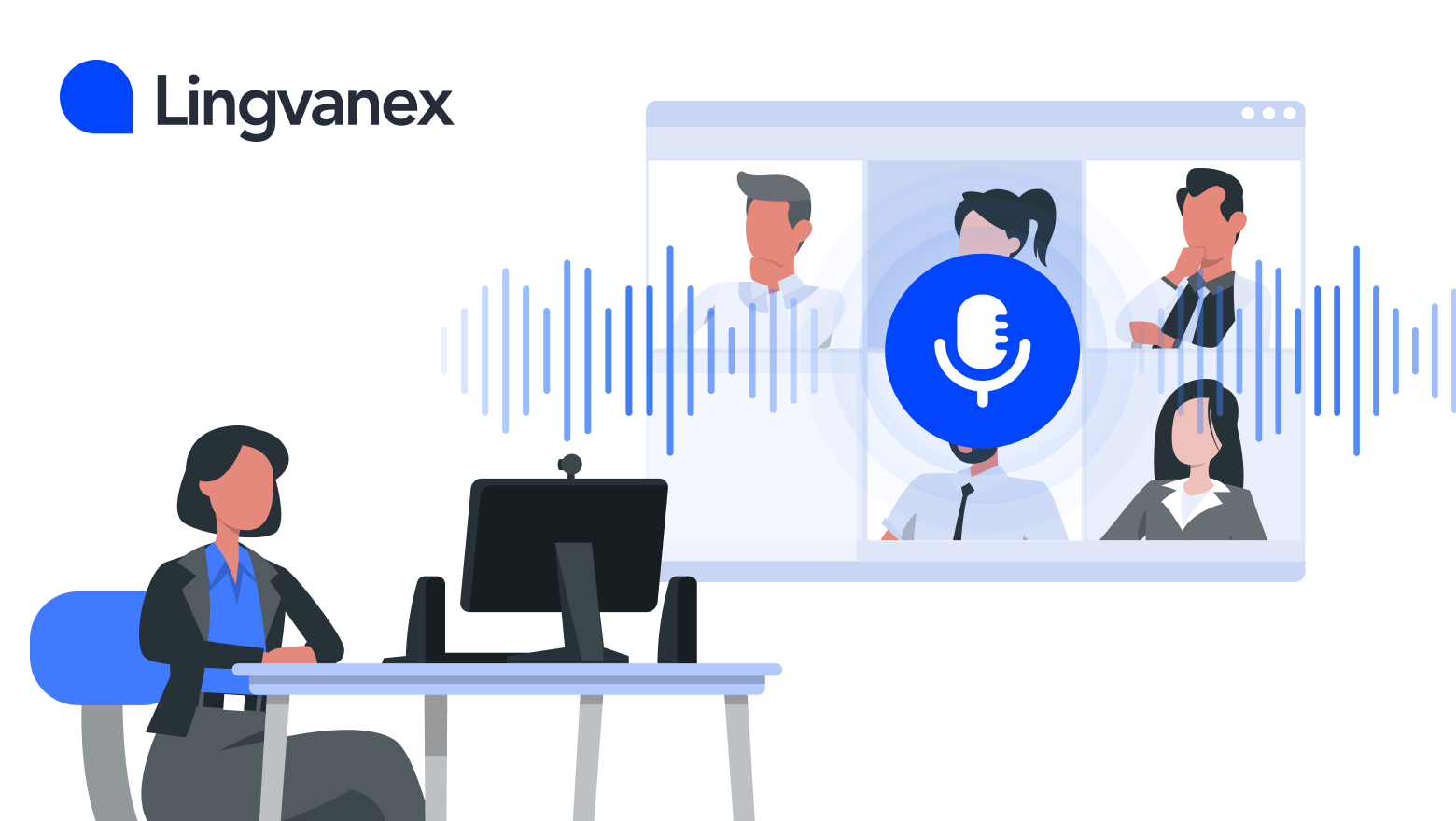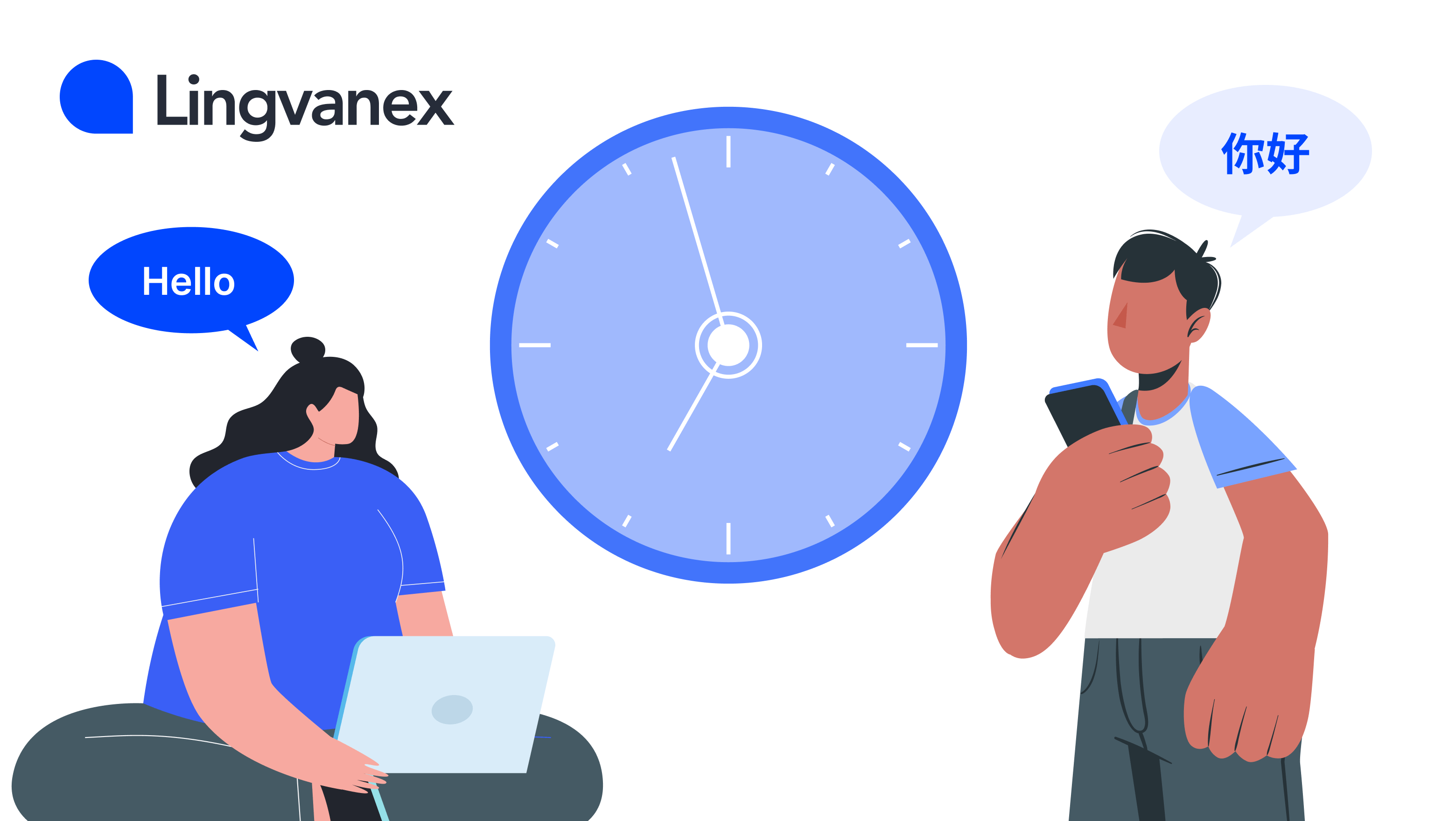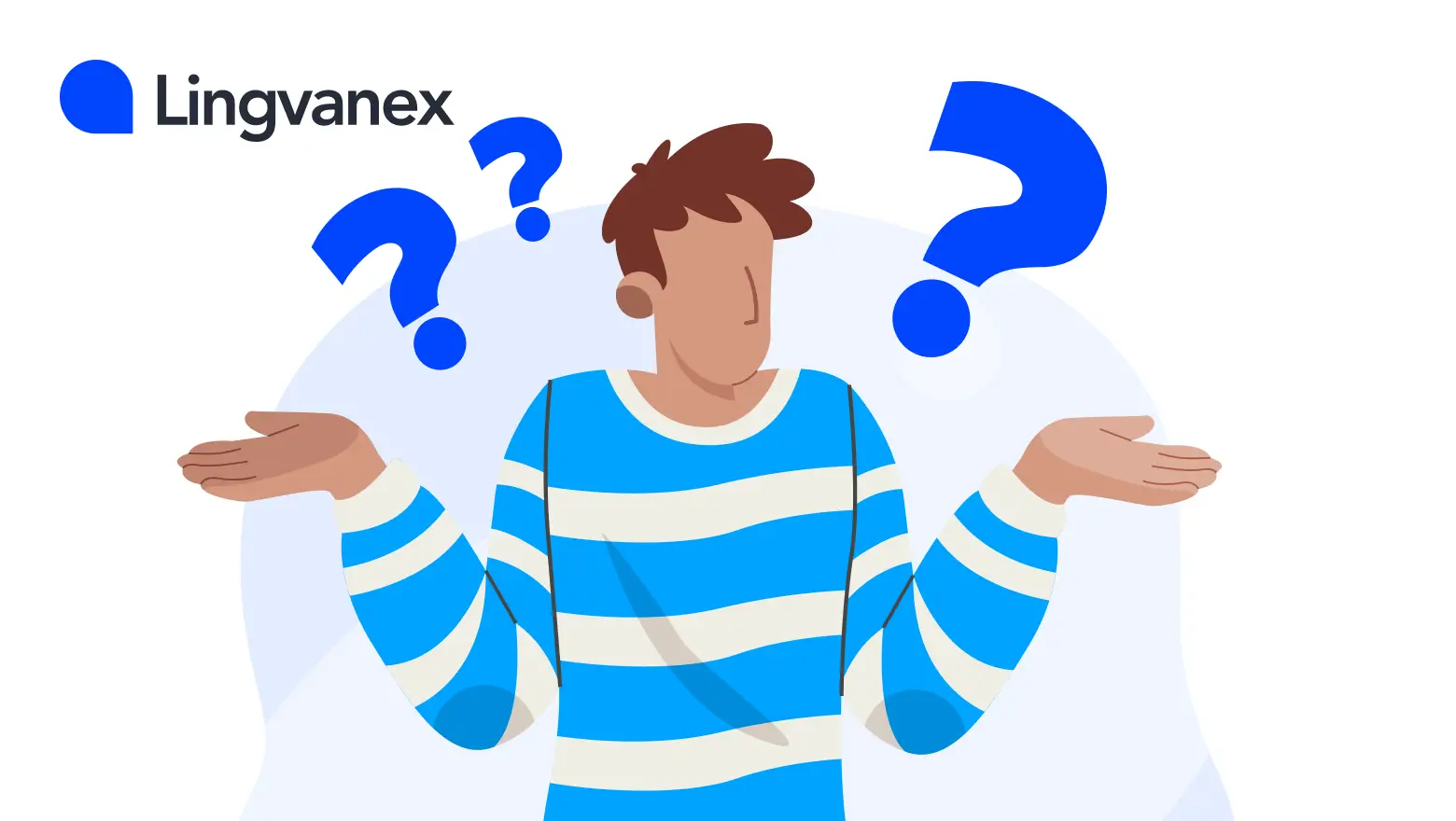Modern businesses deal with a huge amount of verbal information every day: phone calls, video meetings, conferences, voice messages. Without processing, this information is lost and remains outside the company's digital space. Speech recognition is the process of converting voice information into text. This process can be either manual or automatic. Such technologies are already actively used in marketing, analytics, customer support, HR, law, and other areas. This article discusses the key types of ASR solutions, their advantages and limitations, as well as the financial effectiveness of their implementation in a business environment.

Types of Speech Recognition Systems for Business
Speech recognition systems differ in terms of data processing methods and infrastructure requirements. Businesses can use on-premises, cloud-based, or hybrid solutions. Each approach differs in terms of data control, implementation speed, and scalability. Therefore, the choice depends on the size of the company and its priorities.
On-premises systems are installed within the corporate infrastructure and process audio-to-text transcription on their own servers. This ensures maximum confidentiality and eliminates the transfer of recordings to external networks. This option is suitable for large corporations, banks, government organizations, and any companies for which data protection is of paramount importance. In addition, local solutions help meet regulatory and standards requirements such as GDPR, HIPAA, and ISO/IEC 27001, which is especially important for companies that work with confidential or personal data, particularly in the financial, medical, legal, and government sectors.
Cloud solutions operate via the internet and transmit data to the provider's servers. Such systems can be easily integrated with corporate platforms via speech-to-text API, allowing speech-to-text online functions to be embedded in CRM, telephony, and video conferencing. However, cloud solutions do not guarantee complete confidentiality. Data is transmitted and stored outside the company. When working with personal and confidential information, businesses need to carefully review the provider's policies regarding data security, storage, and processing. In addition, the stable operation of such solutions directly depends on the quality of the Internet connection. They are chosen by small and medium-sized businesses that value quick implementation and the absence of expenses for their own servers.
Hybrid systems combine both approaches and allow sensitive data to be processed locally, while additional functions are performed using the cloud. This is a convenient option for growing companies that need a balance between security, scalability, and functionality. Managing a hybrid system places an additional burden on the IT department. Not only must technical integration be maintained, but all components must also be monitored for compliance with uniform data protection and processing requirements.
Advantages of Speech Recognition for Business
From automating routine tasks to providing valuable insights, voice-to-text converter technology offers numerous benefits that can transform business processes and drive success.
- Increased Efficiency. By automating transcript audio-to-text, businesses can save significant time and resources that would otherwise be spent on manual documentation. Employees can focus their energy on more strategic and creative tasks, positively impacting overall productivity.
- Improved Accuracy. Speech-to-text software minimizes the risk of human error in transcription, ensuring precise and reliable records. This is particularly critical in industries such as healthcare and legal services, where accuracy is essential.
- Enhanced Accessibility. Converting speech to text makes information more accessible for employees with hearing impairments and non-native speakers. This promotes workplace inclusivity, enabling everyone to participate fully and contribute meaningfully to the company’s growth.
- Cost Reduction. Automating audio-to-text conversion and documentation processes reduces labor costs and streamlines operations. The saved resources can be redirected to other important areas, improving the company’s financial performance and strategic capabilities.
- Better Customer Insights. Analyzing recorded customer interactions helps companies understand client needs and preferences. Voice transcription allows for more personalized and effective services.
- Competitive Advantage. Implementing innovative technologies like speech recognition can provide a competitive edge by enhancing productivity and service quality.
- Customization. Modern speech-to-text AI systems allow models to be tailored for specific tasks and industry requirements. This is especially important for companies dealing with professional terminology, abbreviations, and specialized vocabulary. Customized models significantly improve recognition accuracy and minimize transcription errors. Solutions can be adapted for fields such as medicine, finance, legal services, and more. Precise customization enables speech to text converter accuracy to approach nearly 100%.
- Confidentiality. On-premises voice recognition software allows companies to fully control voice-to-text transcription processing within their own infrastructure. Such systems are deployed on corporate servers and do not transmit information to external resources, simplifying compliance with regulatory requirements.
Speech recognition technology is not just about automating tasks—it transforms the way businesses operate, making them more efficient, inclusive, and competitive.
Limitations of Speech Recognition for Business
Despite its many advantages, speech recognition technology also has some limitations:.
- Accuracy Issues. In noisy environments or when speakers have strong accents, speech recognition can be challenging. Imagine a construction site: the noise from machinery and ongoing work can turn simple commands into an unintelligible mix of sounds. In such cases, manual verification of transcript audio-to-text may be required.
- High Initial Costs. Implementing advanced audio transcription software can be expensive and require significant upfront investment. However, these costs are often offset over time through the automation of routine tasks, reduced information processing time, and decreased workload on staff. As a result, companies can reallocate budget to higher-priority business objectives.
- Privacy Concerns. As mentioned previously, protecting voice data is particularly critical when using cloud speech-to-text. Such systems transmit audio files and text transcriptions to third-party servers, effectively making the information accessible to external parties. Control over data processing and storage by the company is limited. For businesses handling sensitive information, such as in finance, legal, or healthcare sectors, this poses a significant risk. To mitigate these risks, companies are advised to use on-premises solutions, where all data remains within the corporate infrastructure and is fully controlled by the organization’s IT department. Recognizing and addressing these limitations can help businesses use automated speech recognition technology more effectively.
Applications of Speech Recognition in Business
The introduction of speech recognition technology in the business sector has opened up a wide range of opportunities for companies in various industries. Thanks to this technology, businesses can manage their resources more efficiently, reduce costs, and quickly adapt to changing market conditions. Let's take a look at the main areas of application for speech recognition.
Meetings and Negotiations
During international negotiations, converting speech to text allows all participants to record the text of the negotiations and follow the progress and results of the meetings, including those who cannot quickly grasp speech on the fly.
Want to increase the productivity of your business meetings? Use speech-to-text transcription for meetings, board meetings, team meetings, and brainstorming sessions.
Customer Support
International companies receive a large number of calls to their support services every day. Speech recognition technology allows you to create easy-to-store text records of these conversations. You can use them to train staff, analyze typical mistakes, and solve common problems, thereby improving service quality and customer satisfaction.
Content Creation and Marketing
Do you work for a company that creates audiovisual content such as interviews, webinars, and podcasts? Your task is to make it as interesting as possible for your audience. Speech recognition technology allows you to quickly convert audio to text, enabling you to create subtitles and adapt content for blogs, publications, and SEO promotion.
Legal and Financial Transactions
In the legal and financial sectors, accurate audio-to-text transcription software is crucial. It allows you to record a text version of negotiations and contract discussions on paper, ensuring reliable documentation.
Analytics and Marketing Research
In the field of marketing research, speech recognition assists in transcribing focus group surveys and user feedback. Translating audio-to-text transcriptions helps to quickly identify the preferences of respondents, thereby providing businesses with practical steps for change. The correct use of voice-to-text input gives companies a clearer understanding of market needs.
Human Resources and Recruitment
International companies that evaluate candidates who speak different languages can use automatic International companies evaluating multilingual candidates can use automatic voice to text software. If necessary, they can refer to the text versions of the interviews. Transcripts simplify the candidate selection process by allowing companies to compare candidates, analyze their responses, and select the best candidate for the position.
Financial Performance and Return on Investment (ROI)
The use of automatic speech-to-text software allows businesses to significantly reduce costs compared to manual transcription. Hiring an employee to transcribe audio involves fixed monthly costs, including salary, taxes, vacation pay, training, and quality control. At the same time, one person can only process a limited amount of material, no more than a few hours of recording per day. A modern ASR solution, on the other hand, can process dozens of hours of audio in a matter of minutes.
Purchasing software, especially with a local or fixed rate, provides a quick return on investment, especially in companies with a large number of calls, meetings, or interviews. Within 1-2 months after implementation, the system begins to bring economic benefits, freeing up resources, reducing errors, and speeding up internal processes.
Lingvanex On-premise Speech Recognition is used by companies across various industries, including finance, healthcare, education, logistics, legal services, government organizations, and IT. An internal survey of corporate clients revealed the real impact of implementing the technology:
- 40–60% reduction in processing time for inquiries;
- Up to 70% reduction in transcription costs;
- 30–50% increase in document workflow speed;
- recognition accuracy of 90–95% with customized models;
- improved accessibility of information for employees and clients.
These results demonstrate that speech recognition not only optimizes operations but also provides a measurable return on investment for businesses.
Lingvanex – Advanced Speech Recognition for Business
Lingvanex has developed an on-premises speech recognition solution designed specifically for corporate use. It allows companies to process any volume of audio while keeping all data within the client’s infrastructure. This approach eliminates the need to transmit recordings to external servers, ensuring a high level of confidentiality.
The on-premises software is installed on the client’s servers, enabling secure transcription on any connected company device, including tablets, desktop computers running Windows or Mac OS, and mobile devices such as Android phones and iPhones.
Punctuation and timestamps are added automatically. Lingvanex’s local speech recognition software processes both real-time speech and pre-recorded audio files in formats including WMA, MP3, OGG, M4A, FLV, AVI, MP4, MOV, MKV, and WAV.
The solution can be seamlessly integrated with Lingvanex’s On-premise Machine Translation. As a result, clients receive not only fast transcription but also real-time or post-processing translation into 109 languages, with no restrictions on translation volume.
Key features include speaker diarization, which identifies and distinguishes speakers in recordings – a particularly useful function for meetings and interviews. The software also supports subtitle creation with precise timecodes, simplifying the use of transcribed text in video content, training materials, and presentations.
Lingvanex offers customizable speech-to-text AI models tailored to the specific needs of different industries, such as healthcare, legal services, and finance. This allows the system to account for professional terminology, accents, and industry-specific vocabulary, providing more accurate recognition and maximizing ROI from the technology.
Additionally, Lingvanex provides a free trial period so businesses can evaluate the quality of the voice-to-text converter before implementation.
Conclusion
Integrating speech recognition technology into business processes is a logical step toward optimizing operations, increasing productivity, and reducing costs. Automating routine tasks, speeding up document flow, improving service quality, and providing access to analytics based on real conversations make ASR a tool with a direct impact on a company's efficiency.
Companies that implement solutions based on automatic speech recognition gain a real competitive advantage. They adapt more quickly to change, better understand customer needs, and manage internal resources more effectively. In the digital economy, such technologies are not an option, but a necessary element of sustainable growth.



